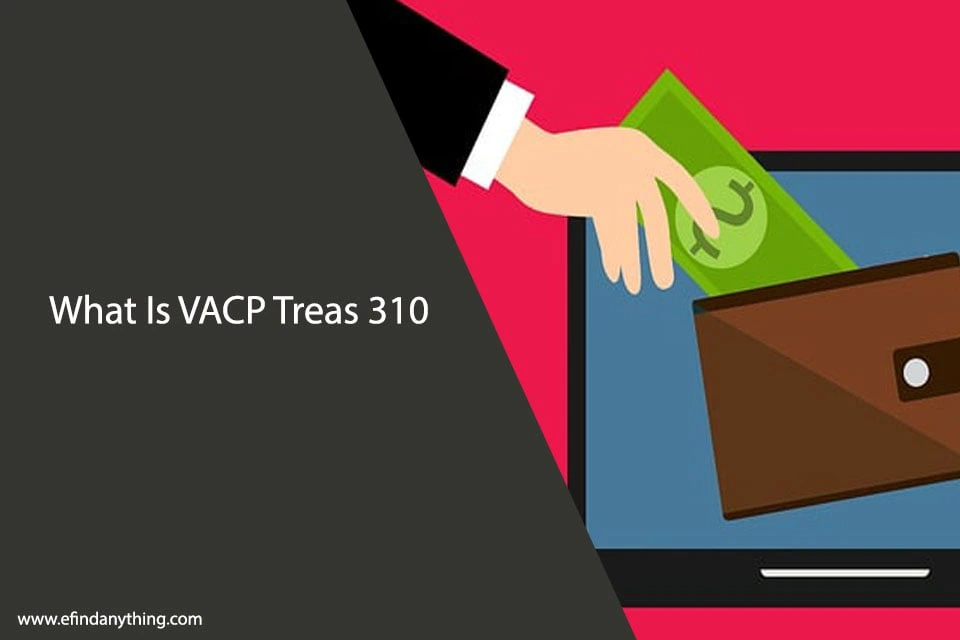Effective crypto portfolio management requires you to strategically diversify your investments across various asset classes. By spreading your assets among established cryptocurrencies, altcoins, and stablecoins, you can reduce volatility and capture diverse market dynamics. Aim for a mix of low or negatively correlated assets to further stabilize your portfolio against market fluctuations. Regularly reevaluate your allocation and use rebalancing techniques to maintain your desired risk-reward profile. Monitoring market trends and sentiment will help inform your decisions as conditions change. Keep exploring these strategies to enhance your success in crypto portfolio management.

Understanding Crypto Diversification
Effective crypto diversification is essential for managing risk and optimizing returns. By spreading investments across various categories like cryptocurrencies, tokens, and stablecoins, you mitigate risks associated with market volatility and liquidity issues. Key to this strategy is understanding asset correlations—some cryptocurrencies may move together, while others react differently to market changes. For example, Bitcoin often leads trends, but altcoins might respond uniquely to regulatory developments. Diversifying with assets that have varying correlations helps stabilize your portfolio during downturns and enhance gains during uptrends, ensuring a balanced approach to both short-term fluctuations and long-term growth.
Risk Assessment Strategies
To effectively manage your crypto portfolio, it’s essential to assess risk through three key strategies: identifying asset volatility, analyzing market trends, and setting risk tolerance. First, understanding how cryptocurrencies react to market changes is crucial—volatility indicators like standard deviation and average true range (ATR) help measure price fluctuations, while analyzing asset correlations can reveal how assets interact. Diversifying across assets with low or negative correlations enhances stability, but be mindful of external factors like regulatory changes and market sentiment, which impact volatility. Second, analyzing market trends involves examining both current sentiment and historical data to make informed decisions. Tracking price movements, trading volumes, and using sentiment analysis tools can help gauge market emotions, while technical indicators like moving averages and RSI offer insights into trends. Finally, setting risk tolerance involves determining how much volatility you can handle based on factors like age, financial situation, and investment experience. Defining your tolerance through capital allocation—conservative investors might allocate 10-20% to high-risk assets, while aggressive investors could exceed 50%—helps align your strategy with your goals, maintain discipline, and avoid emotional trading during market fluctuations.
Asset Class Allocation
When managing your crypto portfolio, asset class allocation is key to minimizing risk and maximizing returns. Effective diversification spreads your investments across various assets, reducing the impact of volatility, while regular rebalancing ensures that your allocation stays aligned with your risk tolerance and investment goals. For those who also conduct transactions in digital assets, integrating a crypto payment processor can streamline incoming and outgoing payments, while ensuring that your portfolio remains strategically balanced between spending and investment holdings.
Importance of Diversification
Diversification is crucial for a well-structured crypto portfolio, as it reduces risk and enhances potential returns. By spreading investments across various asset classes, such as Bitcoin, Ethereum, and altcoins, you minimize the impact of market volatility on your overall portfolio. Given the crypto market’s youth and unpredictability, diversifying helps capture growth across different segments while protecting against systemic risks. Data shows that mixed-asset portfolios generally outperform those concentrated in a single asset. Additionally, selecting assets with low correlations further mitigates risk. Ultimately, a diversified portfolio not only safeguards investments but also leverages the market’s growth potential.
Risk Assessment Strategies
Effective risk assessment is crucial for managing a crypto portfolio. Start by analyzing the volatility of various cryptocurrencies using historical price data to gauge potential fluctuations and match assets to your risk tolerance. Employ correlation analysis to ensure your portfolio includes assets with low correlations, as this reduces overall risk. For instance, pairing volatile cryptocurrencies with stablecoins can balance volatility while allowing for growth. Additionally, consider broader market conditions and regulatory changes, as these can significantly impact asset risk profiles. Staying informed about market trends and regulatory developments is essential for maintaining a well-managed portfolio.
Lastly, incorporate dynamic risk management strategies. Set clear thresholds for loss tolerances and adjust your asset allocation based on performance metrics. Additionally, incorporating sophisticated tools like prop trading software can enhance your ability to manage trades and assess risks effectively.
Rebalancing Your Portfolio
To keep your crypto portfolio aligned with your investment goals, effective rebalancing is crucial. As market conditions change, your initial asset allocation may shift, potentially increasing risk or deviating from your goals. Start by defining a target allocation based on your investment horizon and risk tolerance. For example, if your target is 60% Bitcoin and 40% altcoins, monitor and adjust this ratio as needed. If Bitcoin’s value increases significantly, pushing your allocation to 70%, rebalance by selling some Bitcoin and buying more altcoins to restore your target distribution. Implement systematic rebalancing, such as quarterly or semi-annual reviews, to manage your portfolio based on data rather than emotions.
Evaluating Different Cryptocurrencies
Evaluating different cryptocurrencies requires a systematic approach that considers various factors influencing their value and potential for growth.
Start by examining the cryptocurrency fundamentals, such as the technology behind the coin, its use case, and the team involved in its development. A solid project evaluation should include reviewing the whitepaper, which outlines the project’s goals and mechanics.
Next, analyze market data, including trading volume, market capitalization, and historical price trends. These metrics provide insights into the cryptocurrency’s popularity and stability.
Pay attention to community engagement and developer activity, as strong support often correlates with long-term success.
Furthermore, consider the competitive landscape. Identify direct competitors and evaluate how your selected cryptocurrency differentiates itself. Is it solving a critical problem better than others?
Regular Portfolio Rebalancing
To maintain an optimal crypto portfolio, regular rebalancing is crucial. Rebalance your portfolio on a set schedule—monthly, quarterly, or annually—depending on market conditions and your investment strategy. Begin by setting target allocations for each cryptocurrency based on your risk tolerance and market outlook. Regularly review your portfolio to detect deviations from these targets, typically taking action if an asset’s allocation diverges by 5% or more. Rebalancing involves selling assets that have exceeded their target allocation and purchasing those that have fallen below it. This approach helps lock in gains from outperforming assets and acquire undervalued ones, ensuring your portfolio remains aligned with your investment goals.
Staying Informed on Market Trends
To navigate the dynamic cryptocurrency landscape, employ several strategies to stay informed. First, monitor market sentiment through social media and forums to gauge real-time investor psychology and how news impacts trading volumes, especially around significant announcements. Utilize technical analysis tools to interpret price charts and identify patterns that can predict future movements. Keep an eye on macroeconomic factors, such as inflation rates and global economic stability, as they can influence crypto markets. Stay updated on blockchain advancements, as technological developments can shift market dynamics. Additionally, subscribe to reputable financial news sources and engage with online communities dedicated to cryptocurrency analysis to deepen your understanding of market trends and their broader implications.
Conclusion
In crypto portfolio management, effective diversification is key to mitigating risk and maximizing returns. By evaluating your risk tolerance, strategically allocating assets, and regularly reviewing different cryptocurrencies, you can build a resilient portfolio. Don’t forget to rebalance periodically and stay updated on market trends to adapt to the ever-changing landscape. Embracing these strategies not only enhances your investment approach but also positions you for long-term success in the dynamic world of cryptocurrency.
Read more article:
Securing Blockchain: The Crucial Role of Cryptographic Algorithms
Unraveling the Tapestry: Bitcoin’s Pivotal Role in Elevating Blockchain Scalability
The Role of Central Banks in Forex: How Interest Rates Impact Trading











